Blog Category: Santiniketan
Jan 2020
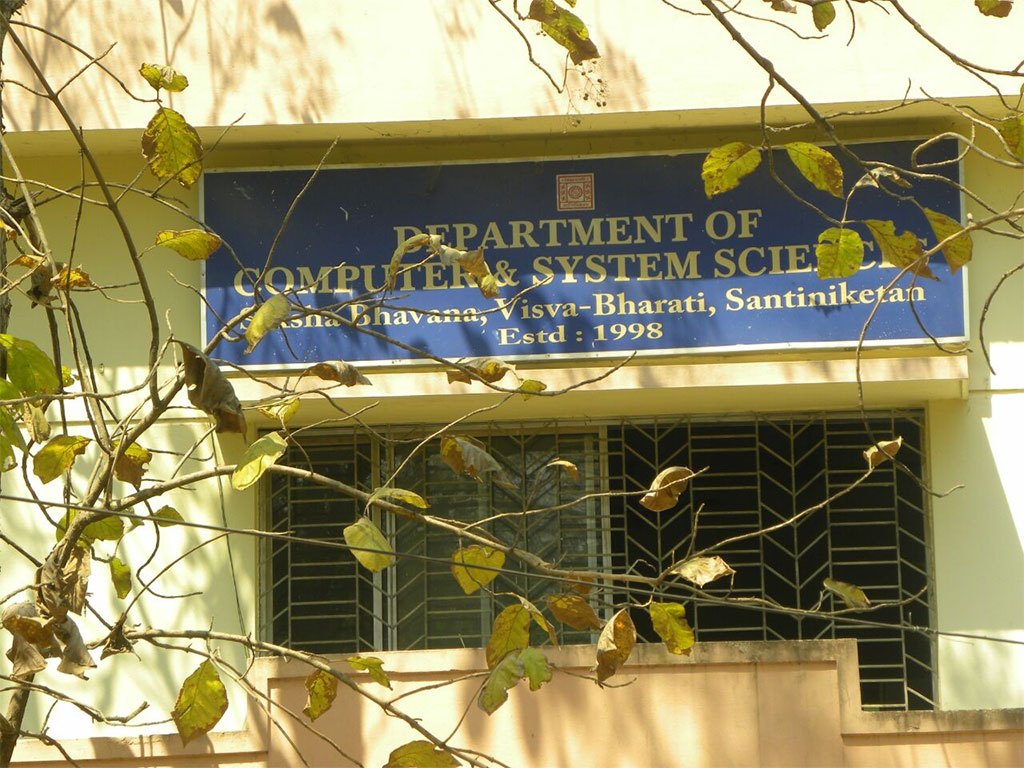
Siksha Bhavana
Siksha Bhavana is the Institute of Science at Visva Bharati. Initially established as a centre for undergraduate studies..
Jan 2020

Chatimtala
This place was the meditation spot of Tagore's Father, Maharshi Debendranath Tagore.
Jan 2020
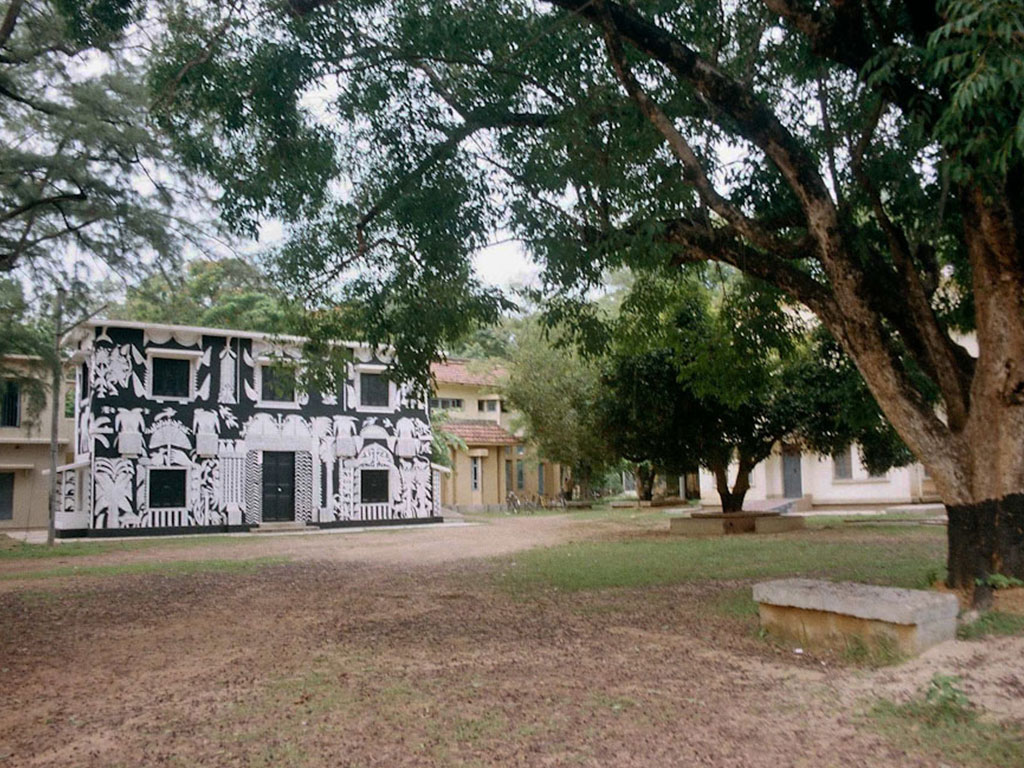
Kala Bhavana
Kala Bhavana is a noted institution of education and research in visual arts, founded in 1919, it is the fine arts faculty of the Visva-Bharati University, Shantiniketan, established by Nobel laureate Rabindranath Tagore.
Jan 2020
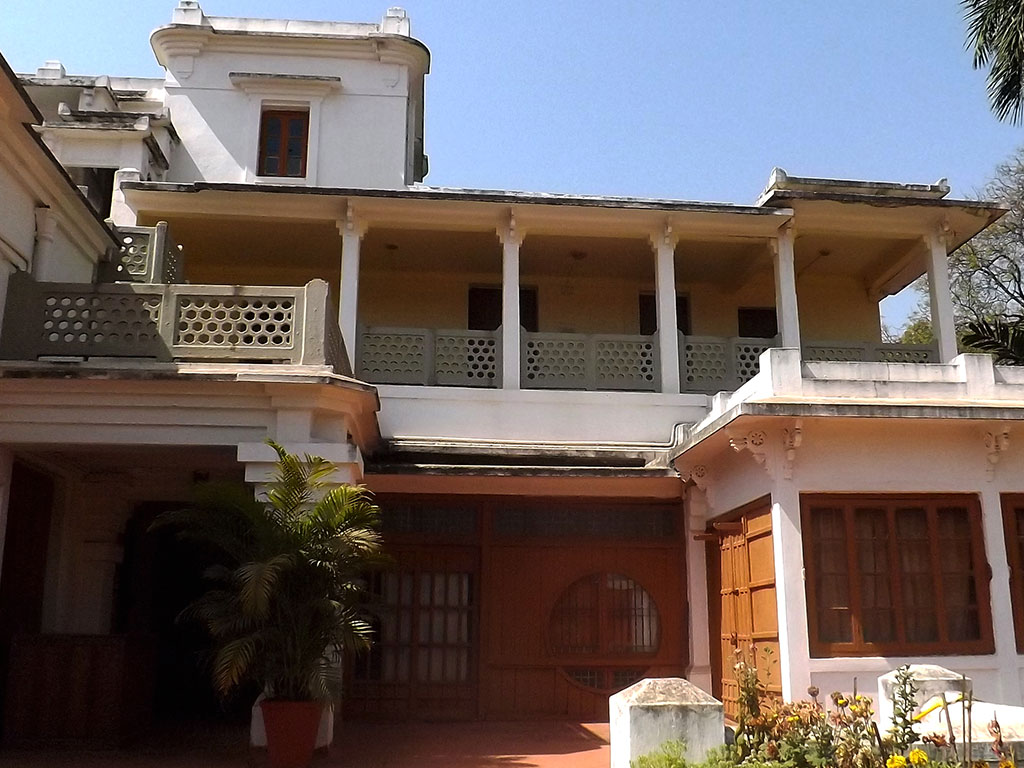
Uttarayana
The Uttarayana complex where the poet lived consists of several buildings such as Udayana, Konark, Shyamali, Punascha, and Udichi, which reflect the architectural genius of the poet’s illustrious son the late Rathindranath Tagore.
Jan 2020

Tagore’s Aashram
One of the most valued places in all of Santiniketan, Tagore's Aashram is located in the Uttrayan Complex.
Jan 2020

Sonajhurir Haat
As vibrant as always the Sonajhurir Haat happens to be one of the major attractions of Shantiniketan.
Jan 2020

Khoai
Khoai refers to certain geographical formations in Bengali. But that’s just a geographical data that its made up of laterite soil and supports theSonajhuri plants.
Jan 2020

Basanta Utsav
Held in the month of March on the day of Holi, spring is welcomed through music and dances. Teachers and students greet each other with Abir in this festive occassion.
Jan 2020
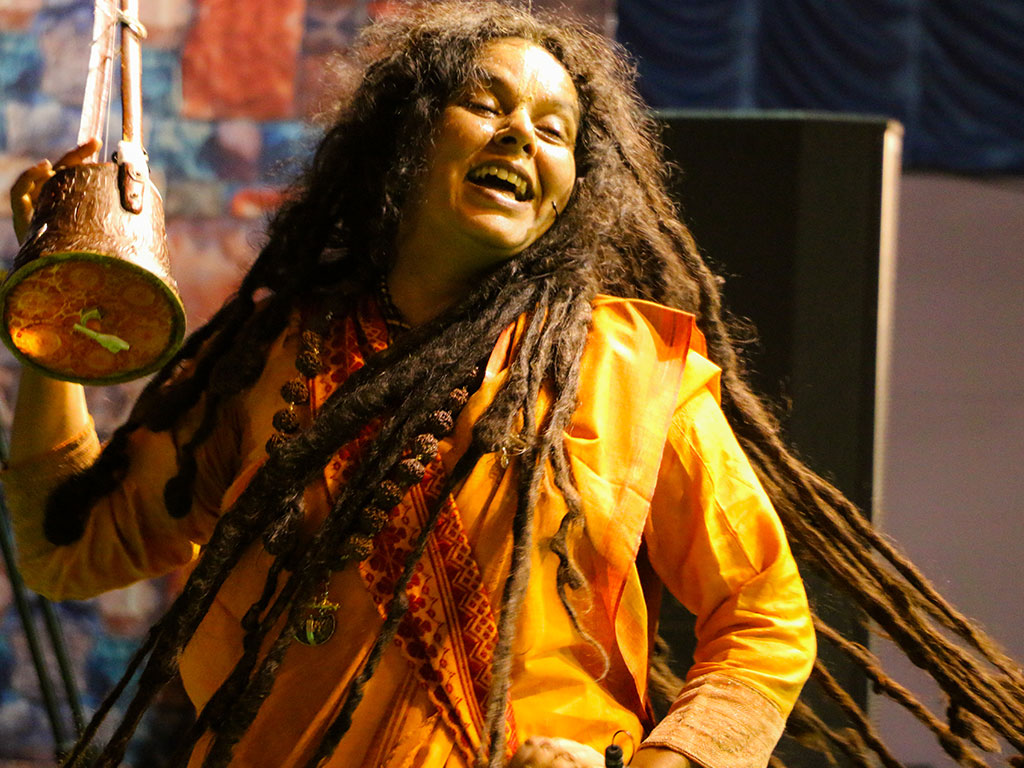
Baul
Bauls are a group of mystic minstrels from Bengal. The term Baul refers to both a syncretic religious sect and a musical tradition used as a vehicle to express Baul thought.
Jan 2020
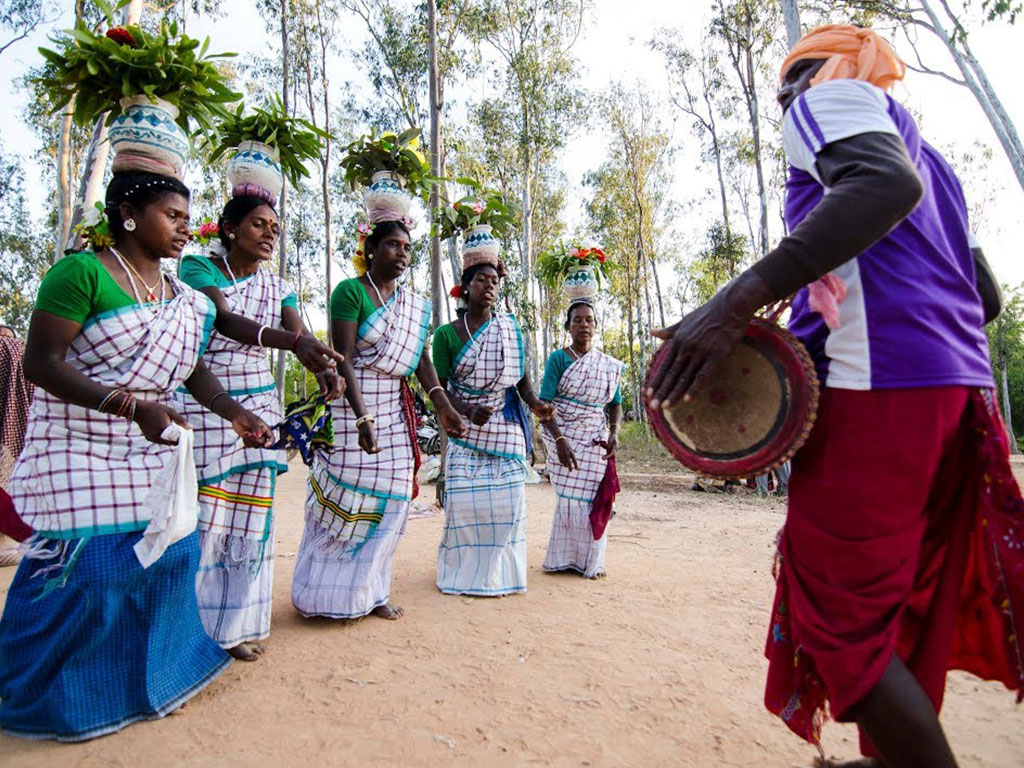
Tribal Dance
Birbhum District was inhabited by a number of people belonging to different sects, which makes the land as the blend of both indigenous and alien culture. The diverse culture of Birbhum from the prehistoric times and its rural society was the focus for the poets of Vaishnava and Shakta Padabali.
Jan 2020

Poush Mela
Poush Mela is the most remarkable annual fair here, held towards the end of December, marking the foundation day of Shantiniketan.
Jan 2020
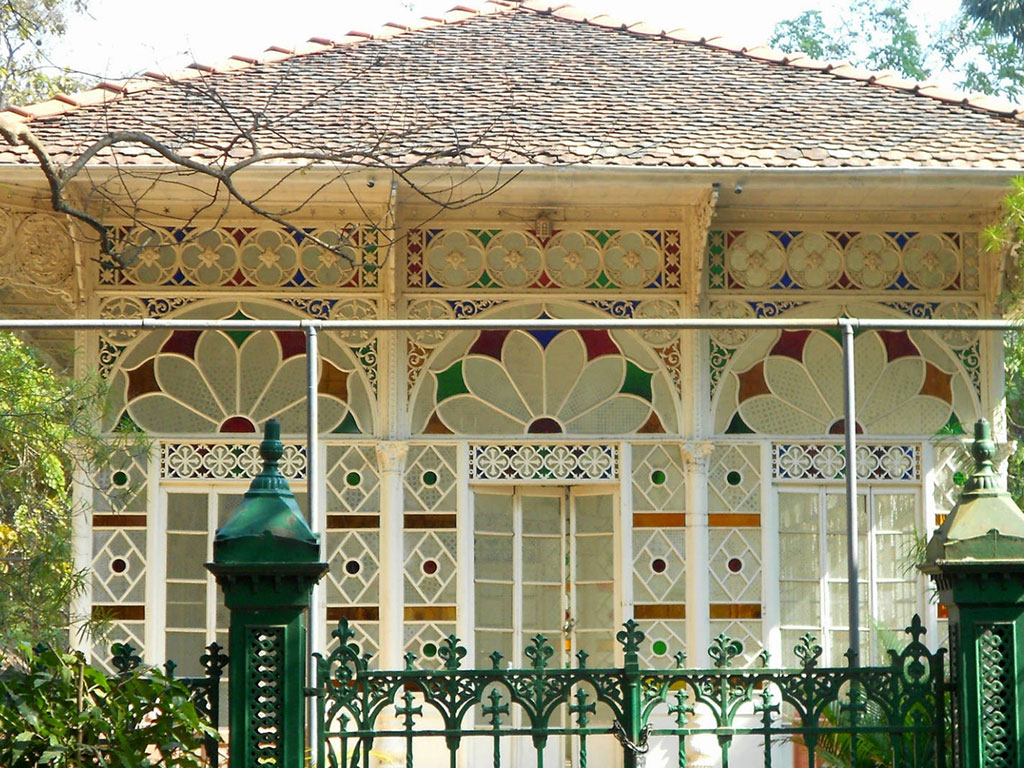
Santiniketan
Santiniketan is a small town where the Visva-Bharati University is located. The University is an epitome of cultural heritage and marks the confluence of ideals of both the East and the West.